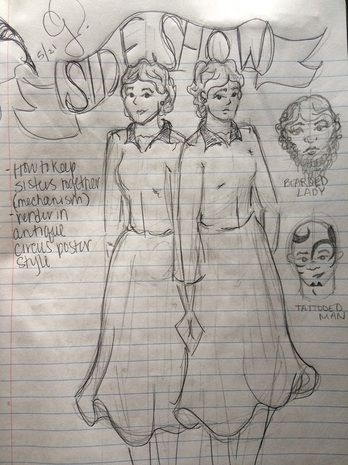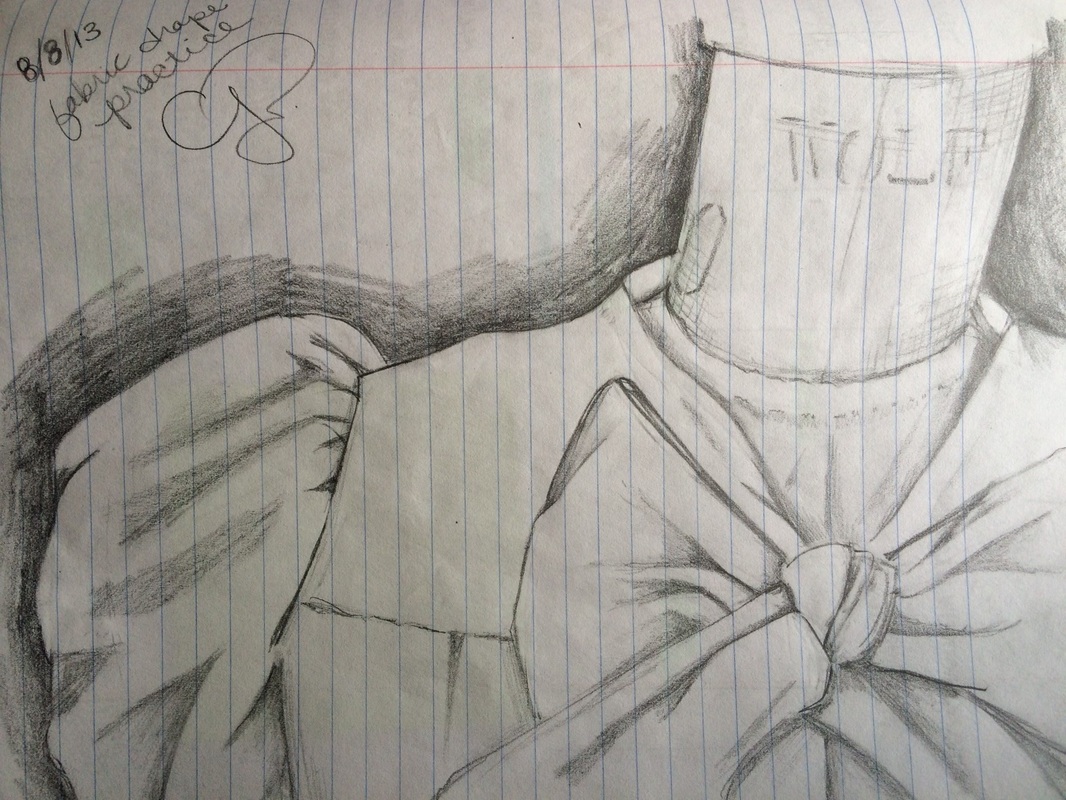|
Facebook, Twitter, LinkedIn, Instagram, etc. These social media sites are part of our personal lives, but could and should they also be part of our professional ones? As a costumer or theatre professional are there instances in which we can utilize these platforms in our work? Should we? The latter question is something each person should answer for themselves, the former is a question that I want to help answer. How do we use these sites that we frequent on a personal level to aid in our professional careers? Find a JobNetworking on such sites as LinkedIn can help create a foundation point. If a professional does not have his or her own website s/he can use LinkedIn's tools to present a professional portfolio to acquaintances and prospective clients. You can use LinkedIn as a supplement to your own site, resume, or portfolio. It also has a great section to endorse people as well as recommend their skill sets. Asking colleagues and friends about job openings is also easy thanks to Facebook, Twitter, and like platforms. Letting those around you know you are in the prowl for a new job can open up doors that may have otherwise gone unnoticed. Network With Other ArtisansUsing such social media outlets as Twitter, Facebook, and LinkedIn, professionals can connect with others. But, when using these platforms make sure you separate your professional from your personal accounts. Your colleagues do not want to hear about your puppy's new sweater or see photos of your beach day (as fun as it might have been). Keep your professional posts short and informational. Many different social media experts also suggest, depending on the type of media, keeping posts to once a week or once a day. Do not bombard your colleagues with hourly play by plays of your most recent project. Displaying Your WorkInstagram, Twitter, Facebook and other image sharing sites offer a unique platform to garner followers of your work through photo sharing. These sites should never take the place of a professional portfolio, but they can offer a unique supplement for interested viewers to use.
There are also specific social media platforms for the sharing of art and portfolio pieces. Flickr, Wix, Weebly, etc. are great platforms to create a visual online presence to steer people towards. Most of these sites can be personalized to fit into your personal branding.
2 Comments
The tool I use to "create everyday" as I mentioned in an earlier article is, a simple fifty cent composition notebook. It is something I can carry with me at all times, so when I am hit with an idea or see something I want to remember, I have something in which to store my thoughts.  My notebook has been with me on most of my meet and greets. It is full of my questions and notes from professionals as well as sketches and doodles. Since I carry my notebook with me at all times I make sure it is a classy black covered book. It may seem more appropriate to carry around a sketchbook as a costumer, but I am a cashless student and can afford the composition book. I am also a big list maker and many of my sketches in the book are never going to go in my portfolio or be seen by interviewers. This notebook is just for my reference while creating. A notebook is also an equal opportunity tool. A designer just starting out and the seasoned veteran get the same use out of its pages. Its simplicity is ideal for all on the spectrum of design. What I have found as I speak with professionals both rising and established, is that remembering the simple things in design work wonders. Many people get carried away with the new fad or technology for design and forget about the basics they learned. A notebook allows the designer to go back to the basics. There is no fancy app or new fangled artist pen to hid behind. A simple piece of paper would work for this as well, but as I said earlier having everything sleekly bound for interviews is helpful. It also helps those of us who tend to misplace small scraps of paper to hold onto our thoughts and doodles longer. An unassuming composition or spiral notebook is affordable at all stages of the profession, easily transportable, and versatile. It may not be the best tool for a specific costuming project, but it will be the tool you reach for daily to store those little creative moments that flash through your brain. This is why a notebook is my #1 everyday costumer tool.
|
Topics
All
Archives
July 2021
|

